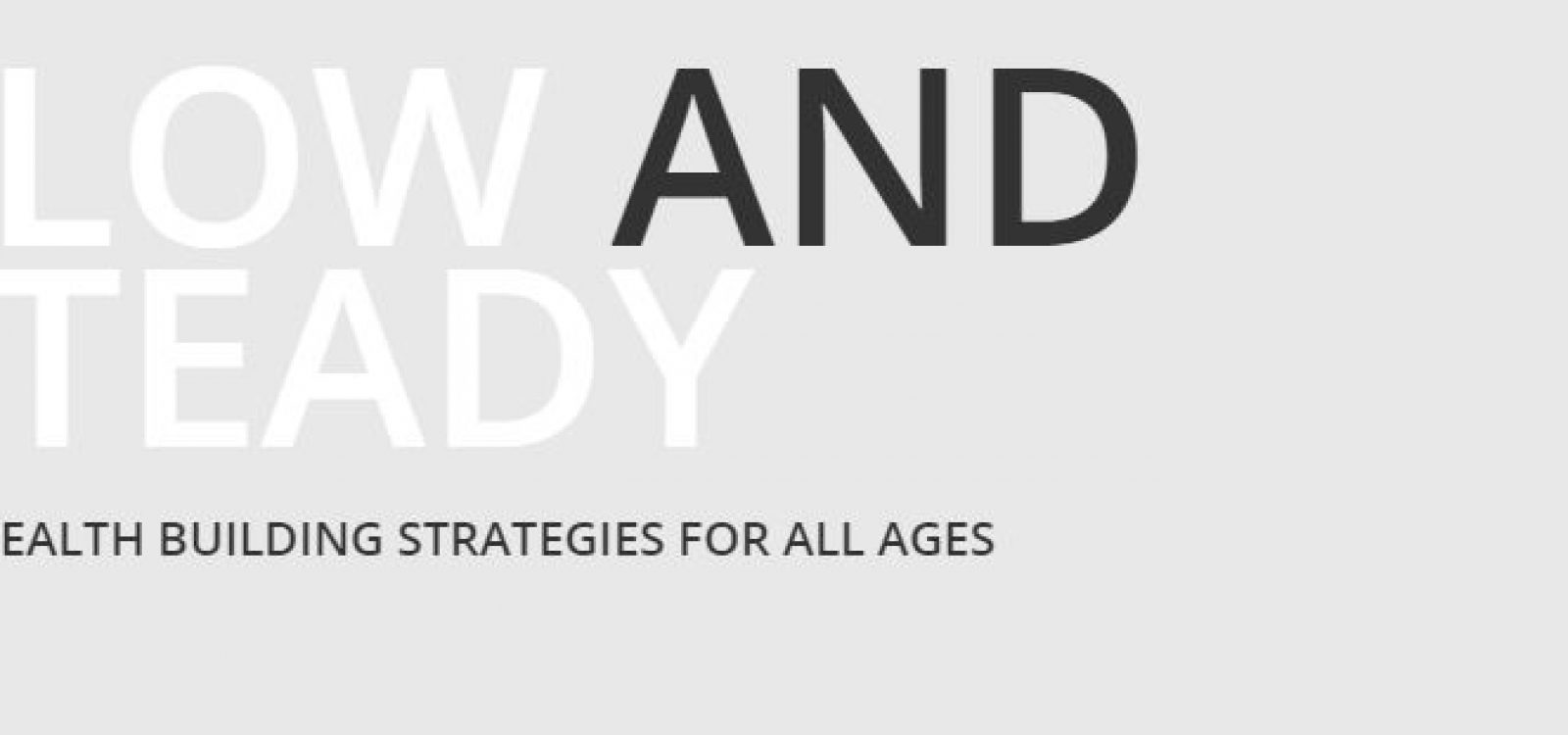
10 financial strategies for teenagers and young adults
Fresh from publishing a book on 100 wealth building strategies, actuary John De Ravin shares some of his top tips. This is the first instalment of a four-part series, sharing strategies for all ages and stages of wealth building.
 School, college and university education typically provides little in the way of formal instruction about personal finance so it is up to you to develop your own approaches and habits, with whatever help you can get from family and friends.
School, college and university education typically provides little in the way of formal instruction about personal finance so it is up to you to develop your own approaches and habits, with whatever help you can get from family and friends.
My book Slow and Steady: 100 wealth building strategies for all ages, is intended to help Australians, of all ages, to choose financial strategies that will support their financial security and grow their wealth. The strategies are grouped demographically, so Chapter 1 is intended for teenagers and young adults. This article draws on 10 of the 15 strategies in Chapter 1 of the book.
Here goes.
1.) Take any opportunity for education and training.
The most valuable asset by far that most young adults have is their own future earning potential. Statistics show a strong correlation between lifetime earnings and educational attainment.
One of the best things that you can do is likely to be to develop your earnings power by taking advantage of opportunities for education and training.
2.) Pay off your credit card in full every month.
You’re a member of the Actuaries Institute, right? If yes, then I reckon you’d understand this one without much explanation.
3.) DON’T buy a car.
I performed a simple linear regression on some data on the My NRMA website and produced a rule of thumb for the total cost of ownership of a new car, over the first five years of ownership.
A reasonable estimate is $4,000 plus 20% of the new price of the car, per annum.
So even a relatively modest new car costing $25,000 means that effectively you are devoting $9,000 a year to your motor vehicle.
Depending on your location relative to public transport, you may well find that it’s cheaper to use public transport, supplemented by Uber, GoGet, oBike and Reddy Go when public transport doesn’t meet your needs.
4.) Buy a used car, not a new one.
If (despite the previous strategy) you decide to buy a car, at least you could buy a used one. Rather than buying the new model for $25,000, you may be able to pick up a five or six-year old model for (say) $10,000.
Assuming that the rule of thumb applies for used as well as new cars then the total cost of ownership of a five or six year old vehicle over five years might be $6,000 rather than $9,000, one third less cost for much the same functionality.
5.) Take an interest in personal finance.
By taking an interest in personal finance you will equip yourself with the skills to make good financial decisions and to build your wealth more efficiently. There are courses you can do if you feel you need formal training, or you can read personal finance magazines and the financial press.
6.) Save some of what you earn.
The benefit of compound interest is greatest for the longest investment periods so saving while you are young will have a surprising impact on your wealth accumulation during your career.
7.) Live at home.
Buying your own home has many advantages but prices are challenging for young Australians on modest salaries. One of the best ways to save money, if your family situation allows, is to live at home and save on rent (depending on what your parents would charge you, of course).
8.) DON’T pay off your HELP debt.
HELP debt is just about the cheapest form of debt you will ever get. You have to pay it off from your taxable income when your income meets certain thresholds but there is not much advantage in paying it off early.
If you can afford to pay down your HELP debt faster than required, you would usually be better off putting your extra savings to use earning better interest than just the CPI.
9.) DON’T buy private health insurance
Assuming you are healthy and that you would be OK with treatment queues in a public hospital, there isn’t much point for a young person on a salary below the Medicare thresholds to buy private hospital insurance.
In Australia, hospital treatment is free. So why pay for it when you don’t have much spare money, and when you have other important and challenging financial objectives?
10.) Split your income into five “buckets”.
Li Ka-shing, Hong Kong’s wealthiest man, recommends splitting your income into five buckets: 30% for living expenses, 25% for saving, 20% for expanding your network, 15% for learning and 10% for travel. The fascinating thing about this allocation is the very strong emphases on savings, on learning and on expanding your network. His recommended strategy for expanding your network is to take someone senior to you to lunch or dinner, at your expense, twice a month. The objective is to expand your friendship circle and influence.
You can get a free list of all 100 strategies in Slow and Steady from the book’s website.
CPD: Actuaries Institute Members can claim two CPD points for every hour of reading articles on Actuaries Digital.






